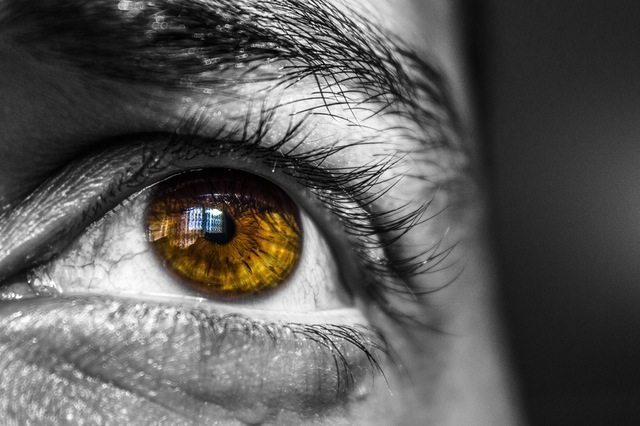
Hallucinate With These Optical Illusions- How Do They Work?
There are a lot of optical illusions going around the Internet right now: shapes that look like they’re moving but are actually still, images that look like one thing and turn out to be something else, dresses that look one color but are actually another (editors note: it’s white and gold)… There are a ton of illusions that make us see things that aren’t there, but they actually have a simple and logical explanation.
All optical illusions happens when our brain has a hard time deciphering what it sees. When our brain processes information, it goes through a statistical process. In the moment that our senses collect information that isn’t totally clear, our brain tries to correct the information with stored memories from previous experiences.
When our eyes receive vague visual stimuli, the brain gets disoriented and thinks that the image we’re seeing is incomplete and includes movement and depth. This movement isn’t real, it’s actually just created by our brain because it thinks that it didn’t pick up some information.
Optical illusions can be divided into two different groups:
Cognitive optical illusions
This is the most common (and most fun) optical illusion, which happen because of the mistakes that the brain makes when analyzing perspective. It brings together all of the images so that we can’t tell if is one or two figures. For example, a woman’s face, that depending on how you look at it could either be an old lady or a young woman.

Another example of this type of illusion is this image, that can be perceived as either a skull or a couple. Can you see the couple sharing a romantic moment?
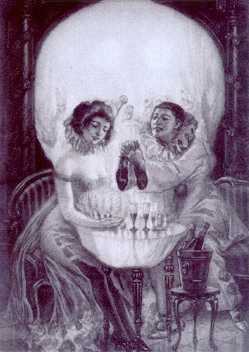
In this image of two young women greeting each other, you can see a hidden devil. Did you find it?
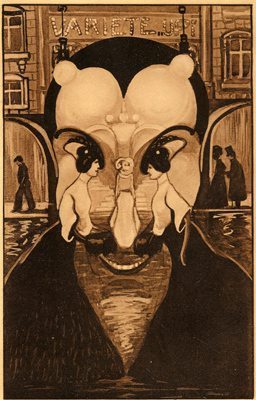
Physiological optical illusions
If we look for a long time at a fixed point, the retina is overworked and gets imprinted with a weird post-image, which causes strange visual effects like change in color and shape. If you look at the center of this picture for a few seconds, you’ll see a woman’s face.
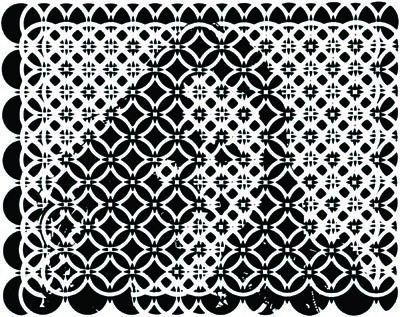
If you do the same with this image, you’ll see a hidden religious figure.
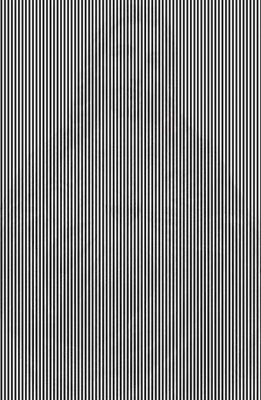
Finally, if you look carefully at the black point in the center of the image, you’ll have the sensation that the colors disappear.
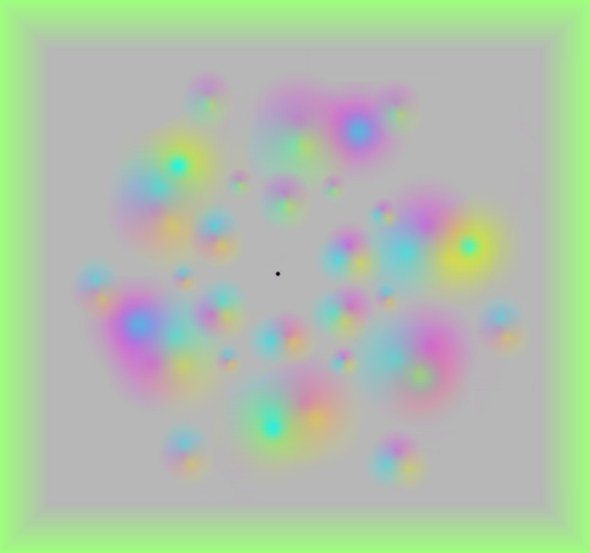
Optical illusions are fascinating and they show us that each person has their own perception of things, as the human brain can find different interpretations for the same image. With as much fun as these images are, it’s no surprise that they’re so popular.
The brain is an amazing organ that can sometimes be tricked by optical illusions. Some optical illusions can cause the brain to see things that are not actually there, while others can make objects appear to change size or shape.
Famous Optical Illusions
One of the most famous optical illusions is the duck-rabbit illusion, which was first created by German psychologist Ludwig Wittgenstein. The illusion consists of a drawing of a duck that also appears to have a rabbit’s head. The most interesting thing about this illusion is that people see it differently depending on how they look at it. Some people see the duck first, while others see the rabbit first. This illusion demonstrates how the brain can process different pieces of information simultaneously and create a single image from them.
Other famous optical illusions include the Necker cube, which appears to have different depths when viewed from different angles; the Ames window, which tricks the brain into thinking that two parallel lines are curved; and the impossible triangle, which appears to contain an impossible 3D shape. All of these illusions demonstrate how our brains can be fooled by visual cues.
optical illusions for kids
Optical illusions are not only fascinating but also educational. By understanding how our brains process information, we can gain a better insight into how it works and help us make more informed decisions in everyday life. So next time you come across an optical illusion, take a moment to appreciate your brain’s incredible ability to process information.
At the end of the day, it is important to remember that optical illusions are ultimately just tricks of the eye. They can be fun and interesting, but should never be taken too seriously. After all, our brains can only do so much!
The knowledge we gain from studying optical illusions also extends beyond entertainment or education. Understanding how our brains interpret visual information is essential for medical researchers investigating conditions like age-related macular degeneration, glaucoma, and cataracts – as well as artificial intelligence developers working on image recognition systems. By learning more about how our brains process visual stimuli, we can continue to make significant advances in medical research and technology.
Optical Illusion
Optical illusions have been around for centuries, and they’re sure to remain a source of fascination and intrigue for years to come. Whether you’re studying how our brains work or just looking for something fun, optical illusions can provide hours of entertainment. So don’t be afraid to take a break from reality – explore the fascinating world of optical illusions today!














